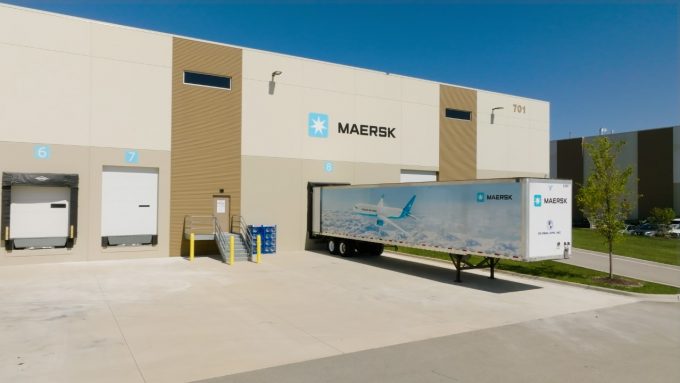Maersk to launch new Caribbean-Europe network, with bigger ships
Maersk Line is set to replace two of its standalone Caribbean-Europe services with a dedicated ...

Maersk’s integrator strategy has had a big thumbs-up from Singaporean home goods manufacturer Castlery.
At S&P’s TPM24 in Long Beach, its VP of operations, Yao Zhang, said Castlery had “benefited tremendously in [its] growth” from partnership with Maersk, which services its US logistics.
Mr Zhang also revealed ...

Comment on this article